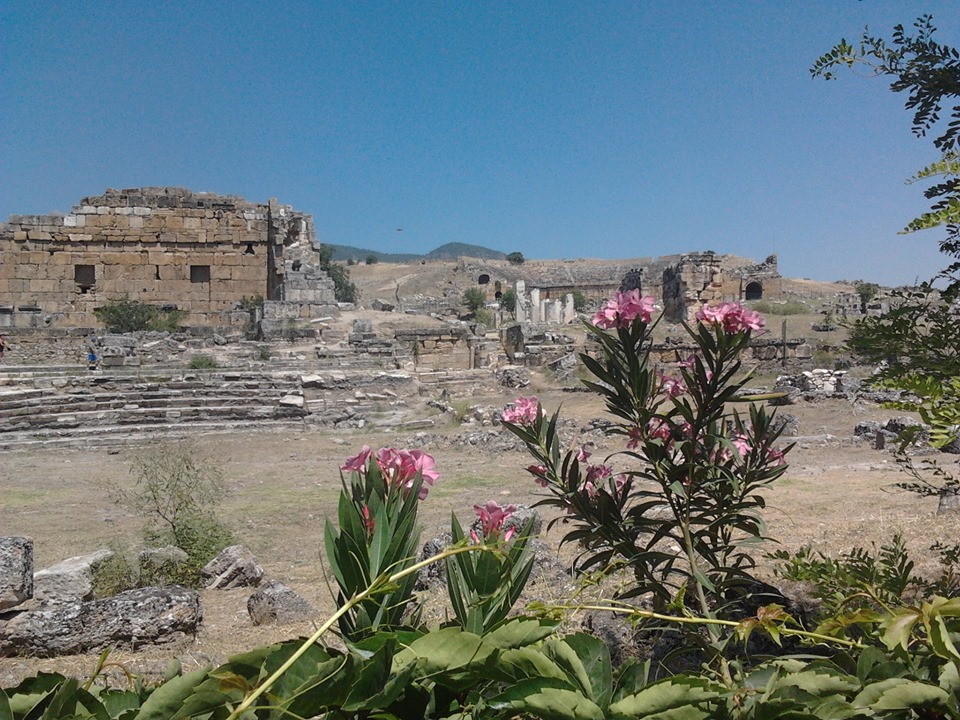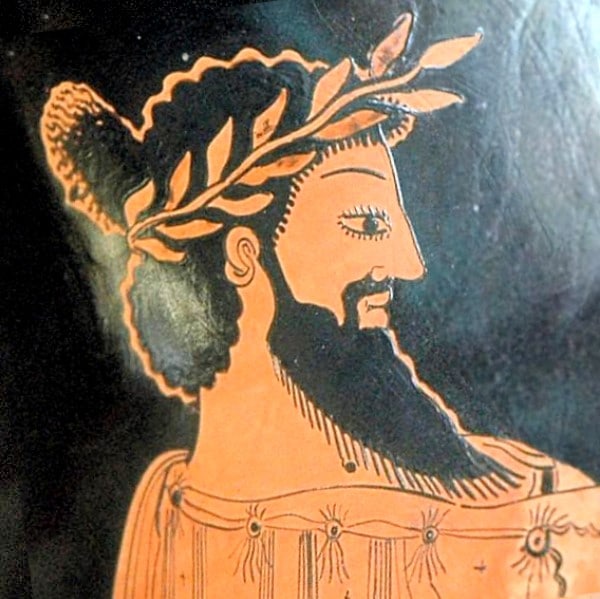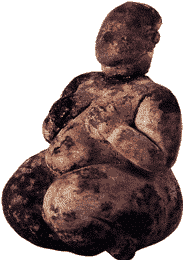
The inspiration for Malukka
Turkey today, is a country that in many aspects reflects the ancient cultures, people and civilizations that have ruled in the area during its millennial history. A history that goes back to the oldest foundation of a city in the world (Çatalhöyük), and have fostered, both famous and infamous, but certainly advanced, kingdoms and empires. Among these are the Trojans, Hittites, Lydians, Lycians, Phrygians, Romans, and the Ottomans, just to mention a few.
This colorful melting pot has made a remarkable impression – not only on the native Turkish culture – but also in the growth of the political, artistic and culturally development of mankind. You can literally feel the breath of history. Whether you are taking a stroll along the beaches of Alanya, swimming in “Cleopatras pool” in beautiful Pamukkale or sitting in a café in the dusty busy streets of Istanbul. Turkey stir all your senses – taste, sounds, smells and colors. Atmosphere – jumble and heat – noise and silence. At the same time overwhelming and meditative. It’s the Orient and its Europe – Turkey is a cultural mix and its never boring!
Our company is built with the Turkish diversity and cultural history in mind, and with the outmost respect for the people and traditions that makes up the uniqueness of Turkey.
History and legends

Lycian tombs
Today’s Antalya and Marmaris was in ancient times known as Lycia. It was a civilization recognized for its art, culture and not the least – its funeral rituals. They believed that mythic flying creatures would come and pick up the deceased and hence they made amazing tombs in the mountainside, to make it easier for the “angels” to find the dead. There are more than 100 of these mortuary temples in the area. The area around Lycia was originally called “Lukkalands” (from 2000 B.C.). In ancient Egypt they were also known as the “Sea people”.
The name “Lukkalands” has been the inspiration for our company name Malukka.

King Croesus
Lydia
King Croesus was one of the most powerful and wealthy kings in the Lydian kingdom. A civilization that ruled part of the western Turkey in the 6 – 7 century B.C.
King Croesus is credited for having made the first gold coins in the world. Today you often use the name “Croesus” about a rich person with expensive habits.

A frieze from Phrygia
Phrygia
Phrygia was in the 6- 7 century B.C. an ancient Kingdom in the northwestern Turkey. The famous King Midas ruled here. The myths tell that Midas received the ability to turn everything he touched into gold, as a gift from the God “Dionysus”. Unfortunately, he discovered that it also made his food and drink into gold. Starving and thirsting, he cleaned and washed himself of the “gift” in the river of Paktolos. The story of Midas and the gold may be a myth, but King Midas was indeed a very rich and powerful King, as were seen when archaeologists excavated his amazing tomb near the modern-day City of Ankara.
Cleopatras pool Hierapolis, Pamukkale ( the cotton castle)

The ruins of the ancient city of Hierapolis can be found next to Pamukkale. In turkish Pamuk means cotton and kale means castle and it refers to the beautiful white travertine terraces you can see in the area. In ancient times it was already a popular attraction for wealthy tourists seeking health and beauty – due to the rich amounts of minerals and thermal baths. Today you can enjoy a swim among columns from antiquity in “Cleopatras pool”. The area is also on UNESCOs World Heritage list
History of clothing
The style of clothing – fashion – differs according to culture, geography and time periods. Several of the civilizations living in Turkey throughout history, has had their own unique way of dressing – both for men and women. The clothes were often colorful, with patterns, decorations and with a lot of focus on the details. The fashion in Turkey today, is in many aspects inspired by the country’s history and culture, of course combined with influences and trends from abroad. There is surely something to enjoy for every taste and every woman.



Bursa
The city of Bursa is located in the northwestern part of Turkey – not far from Istanbul. It was the capital of the Ottoman Empire before Istanbul. Sultan Mehmet the 1st is buried in the green tomb from 1421, a magnificent building decorated with green and turquoise mosaics made in the famous “city of ceramics “- Iznik.Bursa is also well known for production and manufacture of quality textiles and was, for centuries, the supplier of clothes to the royal court. Amongst these were the beautiful caftans – which were used to signal one’s status and rank in the societal hierarchy. Bursa is today the 4th largest city in Turkey and is also known as “Green Bursa” due to the city’s many green areas and parks.

Trilye, Turkey



A gorgeous little village near the Sea of Marmara. The area is especially well known for its lush orchards and numerous olive groves. Everywhere you look, you will find beautiful jars and jugs in all shapes and sizes.
Iznik
The city of Iznik was founded around 300 B.C. and bears the traces of a wonderful mix of roman and Ottoman architecture. It was historically known as Nicaea and was the site for the first Christian Council, initiated by Emperor Constantine the Great after his conversion to Christianity.
Iznik had a blooming pottery and tile industry during the Ottoman Empire and their ceramics has been used to decorate a lot of the finest mosques and palaces in the country – including the famous Blue Mosque in Istanbul. Even today Iznik is still renowned for its traditional handicraft and designs in mosaics.



Ceramics
The Ottoman Empire lasted from 1300 – to 1923 A.D. and was ruled by the powerful Sultans. Art, culture and science flourished during this period, which shows in both architecture and design. In the building and decorations, they used ceramics from especially the cities of Iznik and Kutahya. These cities were famous for their traditional production of beautiful quality tiles and crafts in a design with focus on flowers and geometrical patterns and in nuances of blue, turquoise, red and green. Many of the most well-known palaces and mosques from the Ottoman period are decorated with handmade mosaics from these cities. .

The golden diadem
”The jewels of Helen” was found in Troy in the 18 century and is a part of a great collection of gold and other artifacts named Priam’s Treasure. Priam was the legendary King of Troy during the Trojan War and the father of Prince Paris, who allegedly had a love affair with the wife of a Greek king – Helen.Even though it is sure, that the jewels indeed are from ancient Troy, it is still to be proven if the jewelry has been worn by the “Gorgeous Helen”

The Trojan horse
The ancient city of Troy is placed in the northwestern part of today’s Turkey. It was a great and rich civilization going back as far as year 3000 B.C.
Troy is probably mostly famous for the story of the “Trojan war” between the Trojans and the Greeks, which lasted for 10 years – according to the poet Homer`s writings. The story tells that the war began due to a romantic alliance between The Trojan Prince Paris and the wife of a Greek King – the “Gorgeous Helen.” The war supposedly took place around the year 1200 B.C. and it is well known that The Greeks won the war due to, what came to be known, as the “Trojan Horse”. Today we still use the expression “trojan horse” with reference to a malicious deception e.g. a computer virus.



Mother Goddess
The Mother Goddess has had several different names in the Anatolian cultures throughout the ages. Cybele, Kuvava and Artemis just to mention some of them.
In an area of Anatolia, you can find the ruins of one of the first settlements in the world. Çatalhöyük – which existed from approximately 7500 BC to 5700 BC.Excavations has revealed that they had a culture based on equality amongst men and women. There have been found a large number of well-formed, figurines of women, and the theory is that there might have existed a fertility cult. These beautiful women here are all Mother Goddesses.

 Dansk
Dansk